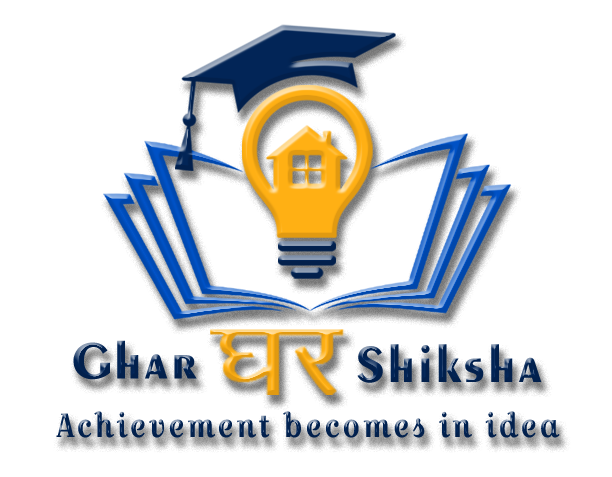A classical language is characterized by its rich literary heritage and an extensive collection of ancient written works. Typically, such languages experience a high level of diglossia, with spoken forms gradually diverging from the classical written form as time progresses. In 2004, the Government of India announced the recognition of “Classical Languages in India,” identifying languages that fulfilled specific criteria for this prestigious designation.
Classical Languages are distinguished by their unique literary heritage and extensive, ancient literary corpus. These languages have been in use since ancient times and have gradually evolved away from their classical written form.
Criteria for Designating Classical Languages in India
In February 2014, the Ministry of Culture in the Rajya Sabha outlined the criteria for conferring classical language status on a language. These are as follows:
- High Antiquity: The language must have early texts of significant historical value.
- Ancient Literature: It should possess a substantial body of ancient literature revered as a precious cultural heritage by its speakers.
- Original Literary Tradition: The literary tradition of the language must be indigenous and not borrowed from another speech community.
- Distinct from Modern: The classical language and its literature should be distinct from their modern counterparts, and there may be a clear discontinuity between the classical and modern forms.
Benefits Granted to Classical Languages in India
Classical Languages in India receive special benefits and recognition, which include:
- Prestigious Awards: Two major annual international awards are presented to distinguished scholars specializing in classical Indian languages.
- Centre of Excellence: A dedicated Center of Excellence for studies in Classical Indian Languages is established.
- University Chairs: The University Grants Commission (UGC) is urged to create Professional Chairs for Classical Languages in Central Universities.
Different Classical Languages in India
India currently has six languages with Classical Language status, each with its unique characteristics and history:
- Tamil:
-
-
- Declared classical in 2004.
- Dravidian language spoken in Tamil Nadu, Sri Lanka, and parts of Southeast Asia.
- Sangam literature represents its earliest literary period.
- Included in the eighth schedule of the Indian Constitution.
-
- Sanskrit:
-
-
- Declared classical in 2005.
- Belongs to the Indo-Aryan branch of Indo-European languages.
- Important for classical Hindu philosophy.
- Historical presence in the northwest part of the Indian subcontinent during the Bronze Age.
- Included in the eighth schedule of the Indian Constitution.
-
- Kannada:
-
-
- Declared classical in 2008.
- Dravidian language is spoken in Karnataka and southwest India.
- Written in Kannada script, which evolved from the Kadamba script during the 5th century.
- Included in the eighth schedule of the Indian Constitution.
-
- Telugu:
-
-
- Declared classical in 2008.
- Dravidian language is spoken in Andhra Pradesh and Telangana.
- Traces its origin from proto-Dravidian spoken during the third millennium BCE.
- Included in the eighth schedule of the Indian Constitution.
-
- Malayalam:
-
-
- Declared classical in 2013.
- The dravidian language is spoken in Kerala, Puducherry, and Lakshadweep.
- The oldest literary works date back to the 9th and 11th centuries.
- Initially written in the Vatteluttu script.
- Included in the eighth schedule of the Indian Constitution.
-
- Odia:
-
- Declared classical in 2014.
- Indo-Aryan language is spoken in Odisha, West Bengal, Chhattisgarh, and Jharkhand.
- Has a rich literary history and is less influenced by other languages.
- The earliest known inscription in Odia dates back to the 10th century CE.
- Included in the eighth schedule of the Indian Constitution.
Embracing these languages fosters an appreciation of our past and strengthens the cultural fabric of our nation. As language continues to evolve, it is essential to preserve and promote the treasures of our classical languages for generations to come.
